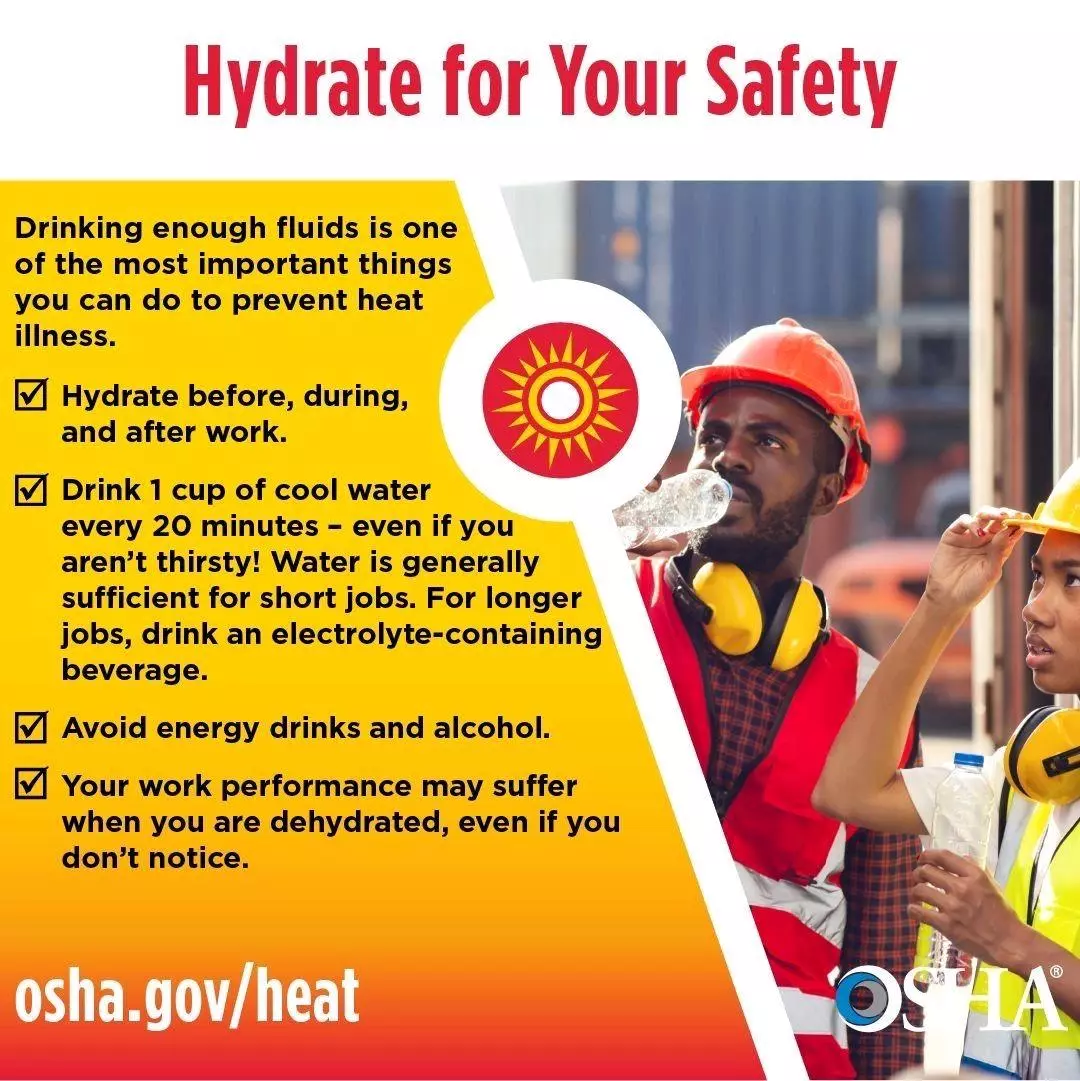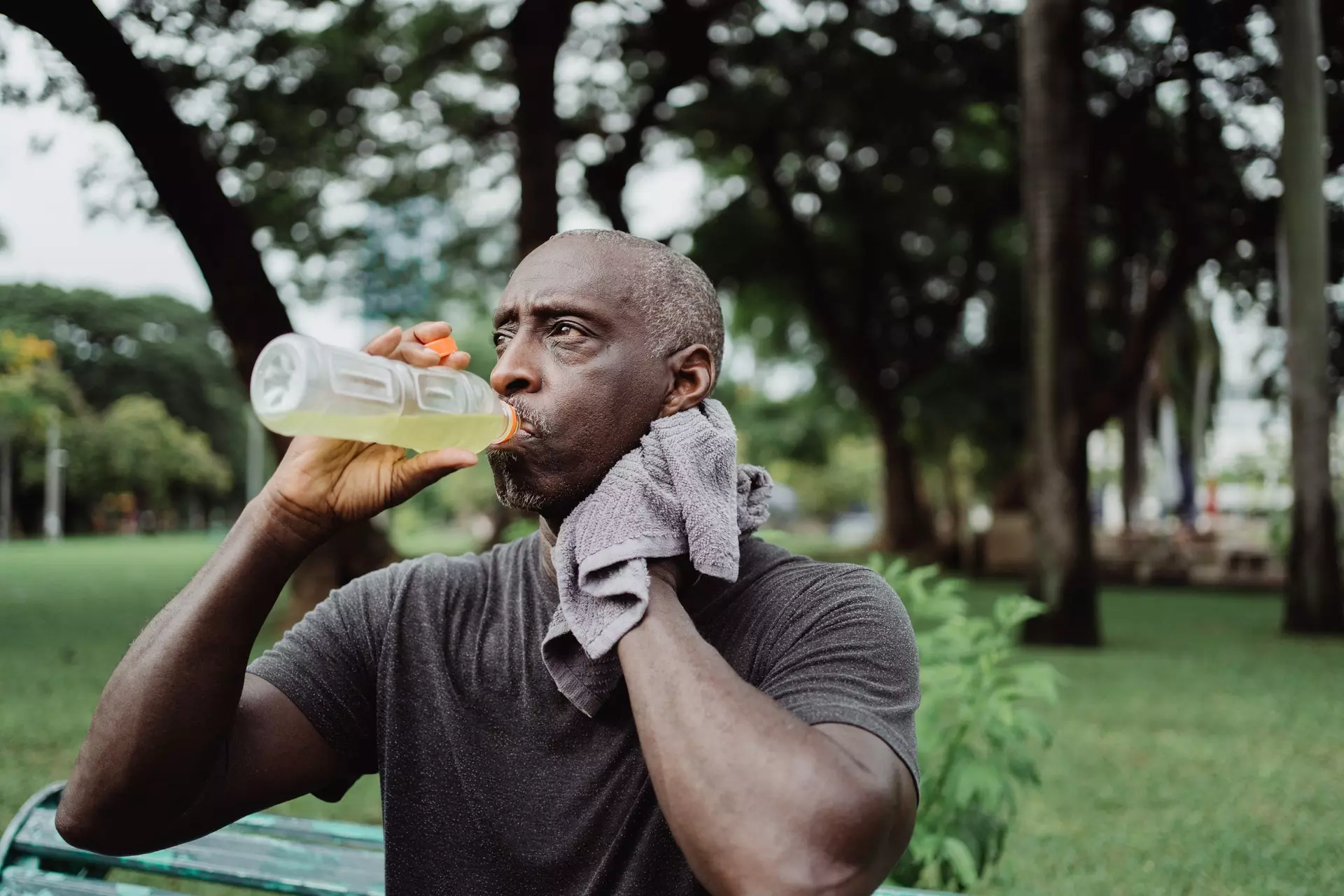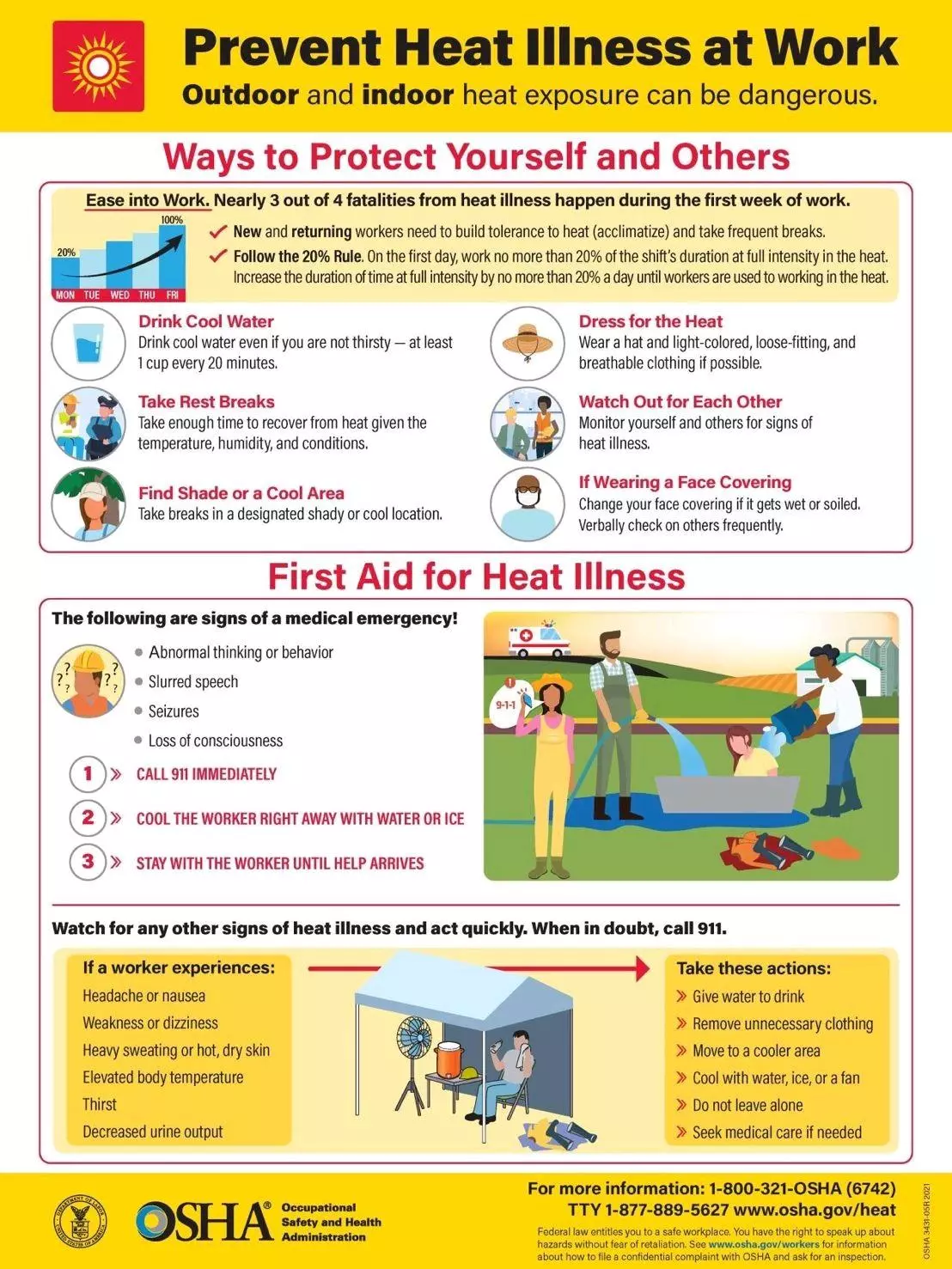Heat-related illness and injury can come on suddenly – you may be working in the heat as normal when a wave of nausea hits you...
The nausea worsens as you start to pour sweat and your heart races. Your colleagues start to notice – they ask you if you are OK because you are swaying and stumbling. You can’t tell them what’s happening, though, because their words aren’t making sense and you’re having trouble forming your own…
These are the telltale signs and symptoms of heat stroke or heat exhaustion. These and other heat-related health problems are a danger for workers everywhere, and especially in summertime in Texas and Southern California, where SkillsetGroup has corporate offices and a large portion of its industrial clients. SkillsetGroup serves lots of manufacturing and warehouse clients as a co-employer, both searching out talented workers and handling payroll and human resource functions for those employees.
As such, the most vital part of our mission in the SkillsetGroup Workforce Solutions Division is protecting our employees from illness and injury. This time of year, heat-related illness is a huge concern, especially as SkillsetGroup’s home territory in the U.S. Southwest is experiencing record heat waves.
Here we’ve laid out the most common heat-related illnesses and injuries on the job site, complete with symptoms and signs and emergency measures. Also attached below is a handy fact sheet from the Centers for Disease Control with this information summarized.

What Are the Symptoms and Signs of Heat Stroke on the Job?
Heat stroke is a medical emergency – if you think you or a coworker has this condition, call 911 right away.
Symptoms and signs include:
- Body temperature of more than 103 degrees F
- Hot, red, dry or damp skin
- Fast, strong pulse
- Headache
- Dizziness
- Nausea
- Confusion
- Losing consciousness
What Is the Treatment for Heat Stroke on the Job?
Emergency medical treatment is vital for someone suffering heat stroke, but you can take measures to help your coworker before the paramedics arrive.
- Move the person to a cooler place
- Help lower the person’s body temperature with cool cloths or bathing in cool water
- Do not give the person anything to drink other than lukewarm water, if they are able, states the Mayo Clinic
- Begin CPR if the person loses consciousness and shows no signs of circulation (no stirring, coughing, breathing)
How Do You Prevent Heat Stroke at Work?
- Stay well hydrated with water (not sugary or caffeinated beverages)
- Wear loose-fitting clothes
- Wear wide-brimmed hats, shades and sunscreen during prolonged sun exposure
- Pay attention to the side effects of your medications; some can intensify sun and heat damage
- Take it easy in the heat until you are acclimated; people not used to working in the heat can be more susceptible to heat stroke if they’re not used to it.
What Are the Symptoms and Signs of Heat Exhaustion on the Job?
Heat exhaustion is serious – it shares symptoms with heat stroke and often precedes that condition when the person doesn’t seek treatment for symptoms. This is less serious than heat stroke, but you should call 911 right away if the person’s symptoms worsen, if they start vomiting or if they don’t improve after an hour.
Symptoms of heat exhaustion include:
- Heavy sweating
- Clammy, pale skin
- Fast, weak pulse
- Nausea and/or vomiting
- Muscle Cramps
- Tiredness or weakness
- Dizziness
- Headache
- Losing consciousness or fainting
What Is the Treatment for Heat Exhaustion on the Job?
As mentioned before, call 911 if symptoms worsen. Most cases, however, improve with rest and care on the job site.
- Move to a cool place
- Loosen your clothes
- Put cool, wet compresses on your body or bathe in cool water
- Sip cool water (not cold)
How Do You Prevent Heat Exhaustion at Work?
- See the steps above to prevent Heat Stroke.
What Are the Symptoms and Signs of Heat Cramps on the Job?
Heat cramps are muscle spasms that cause intense pain. When heat causes dehydration and loss of vital salts and electrolytes, the muscles can’t function properly.
- Cramps may be focused in the abdomen, back, arms or legs.
- Cramps may be preceded by heavy perspiration.
What Is the Treatment for Heat Cramps on the job?
Typically, you can successfully treat heat cramps on-site:
- Stop all work activity
- Move to a cool place
- Drink water or a sports drink
- Continue to rest until the cramps pass
If you have a medical condition that includes heart problems, if you’re prescribed a low-salt diet or if the cramps last more than an hour, call 911.
How Do You Prevent Heat Cramps at Work?
- Drink fluids before, during and after activity in the heat
- Make sure you have salty snacks on-hand when exercising in the heat
- Take frequent breaks
- Avoid sugary drinks, caffeine and alcohol before, during and directly after activity in the heat.
What Are the Symptoms and Signs of Severe Sunburn on the Job?
Symptoms of sunburn include:
- Painful, red and warm skin.
- Blisters may appear in severe cases.
What Is the Treatment for Severe Sunburn on the Job?
- Avoid the sun until your burn heals
- Put cool compresses on the burned skin or bathe with cool water
- Put moisturizing lotion on burned skin
- Do not pop blisters if they appear.
How Do You Prevent Severe Sunburn on the Job?
- Avoid direct sun from 10 a.m. to 4 p.m., if possible
- Wear broad-brimmed hats and sunglasses
- Covering your skin with clothing is the most basic way to prevent sunburn on the job.
- This isn’t foolproof. Many types of fabric used in clothing allow a lot of damaging ultraviolet rays through.
- If you work in the sun every day, look for clothes that are labeled with a UPF or “universal protection factor” number.
- A shirt with a UPF of 50, for example, only lets 1/50 of the UV rays pass through the fabric.

- Always wear sunscreen; even a light burn still significantly raises skin cancer risk.
- Understand your SPF or “sun protection factor” labels
- The SPF number on the label refers to how long it would take for you to burn wearing the product vs. wearing no protection at all
- So, SPF 15 means you could put on the sunscreen and stay in the sun without burning 15 times longer than if you were wearing no sunscreen.
- Make sure the sunscreen you are using is water-resistant if you plan on doing physical labor in the sun with lots of sweating; many sunscreen products are designated for “active” use.
- Look for “broad spectrum” on the label – this will protect you from both types of damaging UV rays, UVA and UVB rays.
- The Skin Cancer Foundation also certifies certain brands. You can look for the foundation’s label to guarantee the product’s effectiveness.
- Understand your SPF or “sun protection factor” labels
What Are the Symptoms and Signs of Heat Rash on the Job?
Heat rash is a minor skin condition, but the heavy lifting and repetitive motion common in many occupations can exacerbate and worsen the condition through chafing. Symptoms and signs of heat rash include:
- A rash that appears like a cluster of small pimples or blisters
- Rash usually appears in skin folds and creases like in the
- Neck
- Chest
- Groin
- Elbow creases
What Is the Treatment and Prevention for Heat Rash at Work?
- Wear loose clothing with breathable fabric to the extent your workplace allows.
- Keep the rash dry
- Use talcum powder to reduce chafing and moisture
REFERENCES:
“Warning Signs and Symptoms of Heat-Related Illness”
U.S. Centers for Disease Control
The Mayo Clinic
The Mayo Clinic
University of Iowa Health Care
“Skin Cancer Prevention: Sun Protection”
The Skin Cancer Foundation


